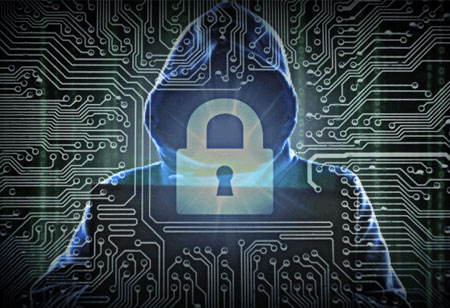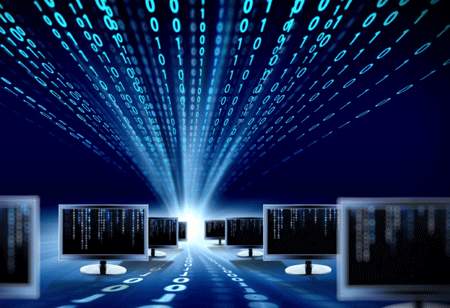THANK YOU FOR SUBSCRIBING
The Impact of New Age Technologies on Data Security
Enterprises are forced to change their security policies in response to the growing application of artificial intelligence (AI) and the Internet of Things (IoT).

By
Apac CIOOutlook | Thursday, January 01, 1970
Stay ahead of the industry with exclusive feature stories on the top companies, expert insights and the latest news delivered straight to your inbox. Subscribe today.
Enterprises are forced to change their security policies in response to the growing application of artificial intelligence (AI) and the Internet of Things (IoT). Imagine businesses having excellent operational efficiency and consumer-centric devices delivering a phenomenal experience to consumers. While the AI and IoT offer a superior level of connectivity, they are equally at risk of being compromised. According to a research, the spending on IoT infrastructure is expected to touch 840 million dollars by 2020. As the connectivity grows, so does the data, and the pressure on organizations to provide security to resist potential cyber threats and breaches, also increases.
Following are the measures enterprises ought to undertake to ensure IoT security:
Beginning with Prevention
Organizations are required to follow a standard practice to curtail the attack surface by limiting access to services, endpoints, and information. Further, they must ensure that only authorized devices are permitted to connect to their cloud services while making strong encryption as integral of their security infrastructure.
Efficient Tracking
The fast-track method to spot anomalies is to track and monitor IoT endpoints in real-time. Moreover, real-time monitoring would help enterprises in limiting access to devices that are compromised. As IoT endpoints demonstrate predictable behavior, it’s easier to spot glitches using AI and machine learning algorithms.
Effective Recovery Mechanism
In the event of a cyberattack, the security providers must be able to quickly provide patch updates to limit the size of the damage. However, they can harness Over the Air services— the most efficient and fastest way to deliver updates—that transfer updates to endpoints without human intervention through the Internet.





